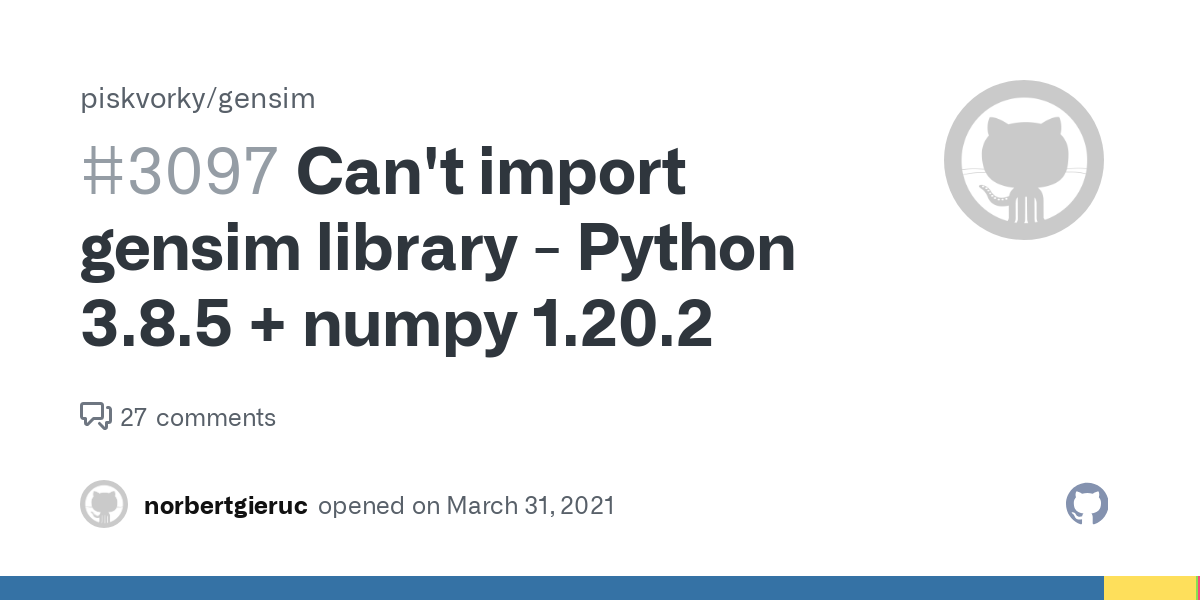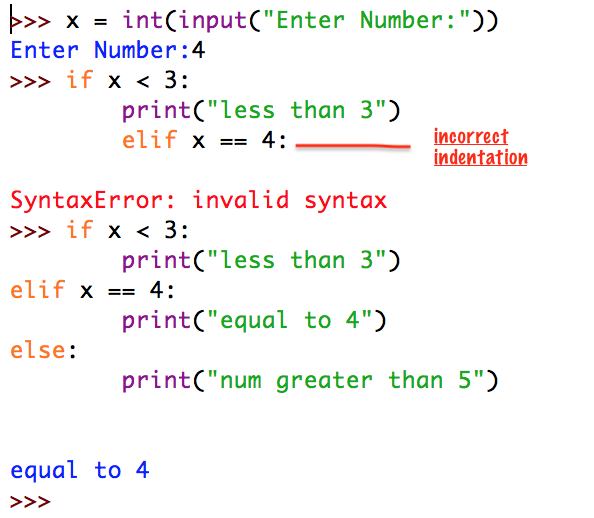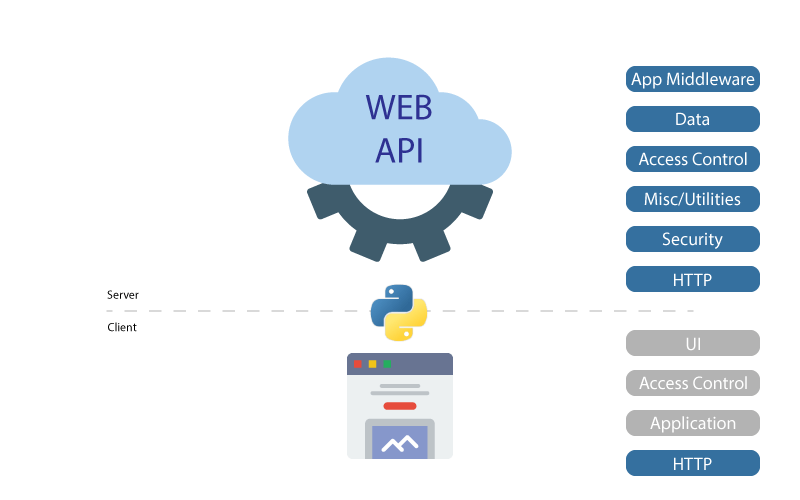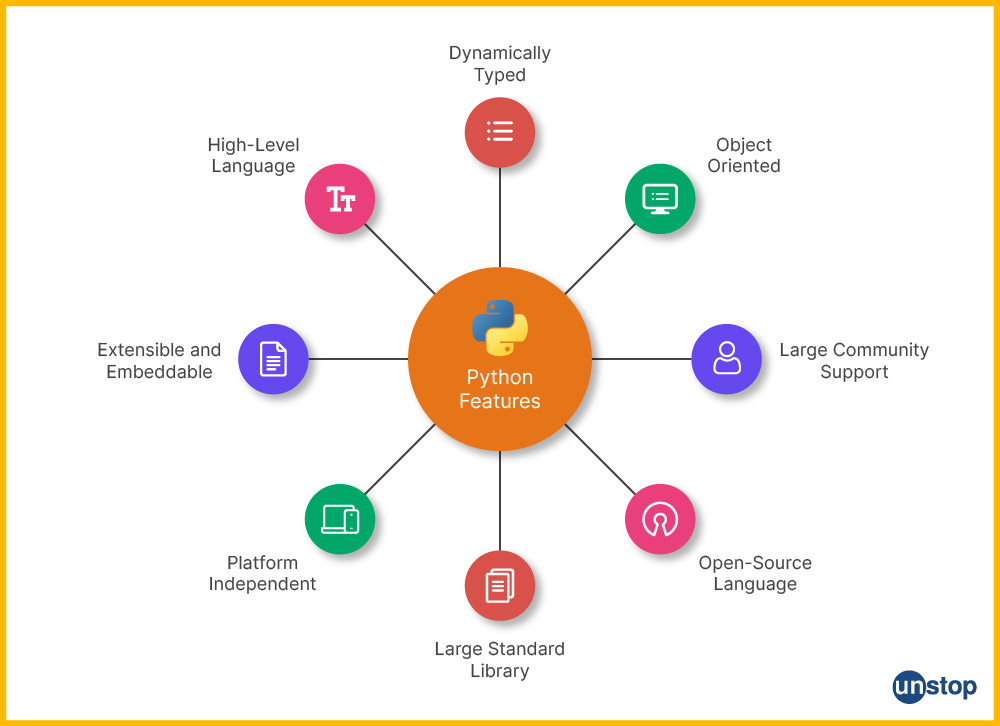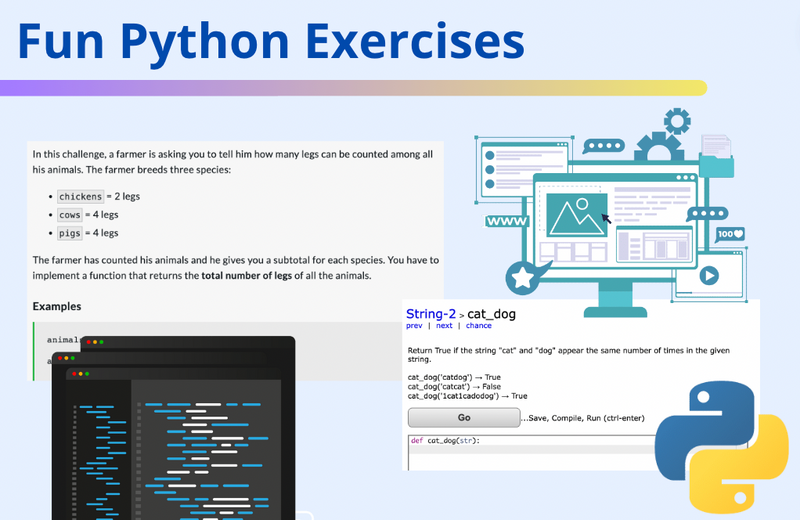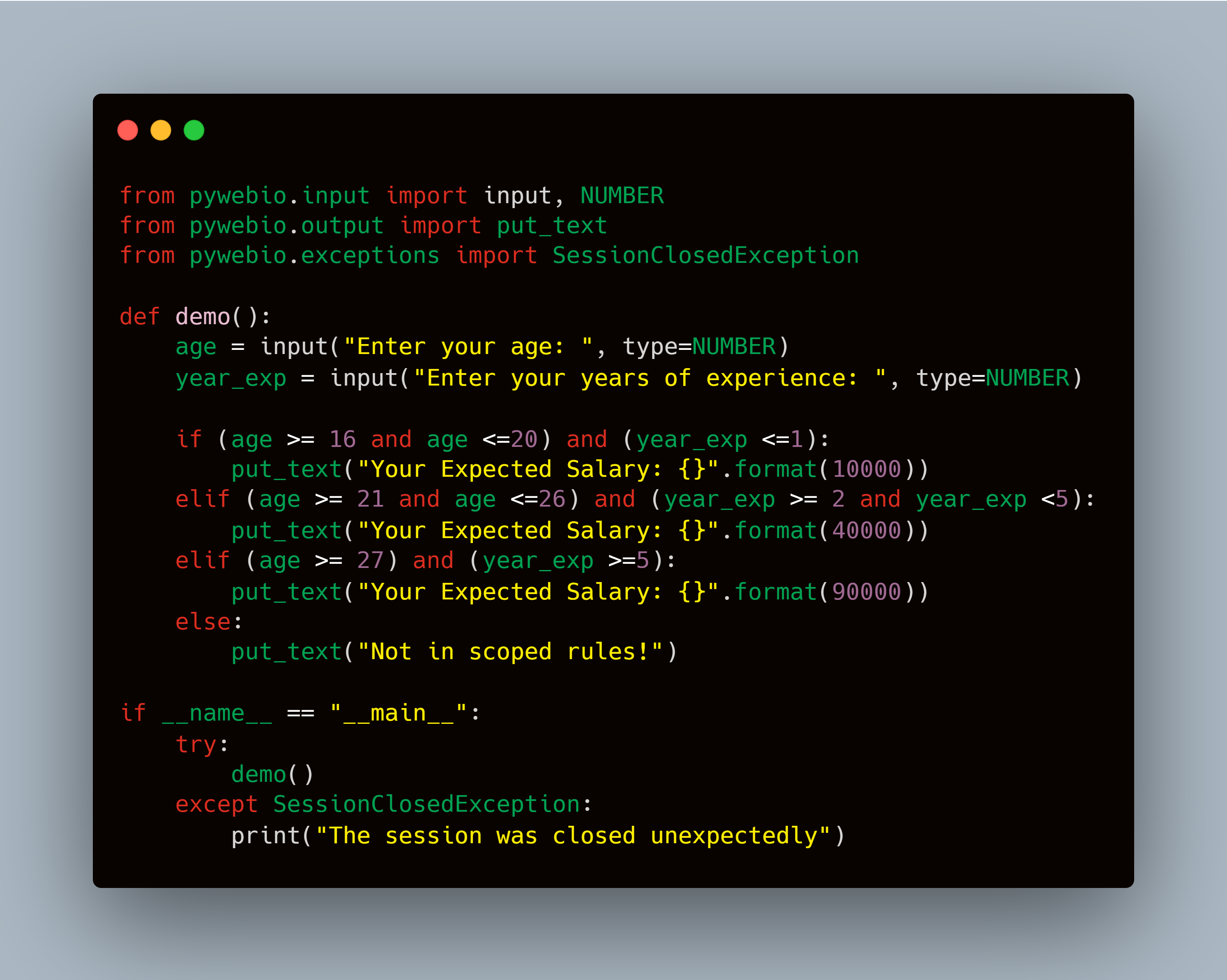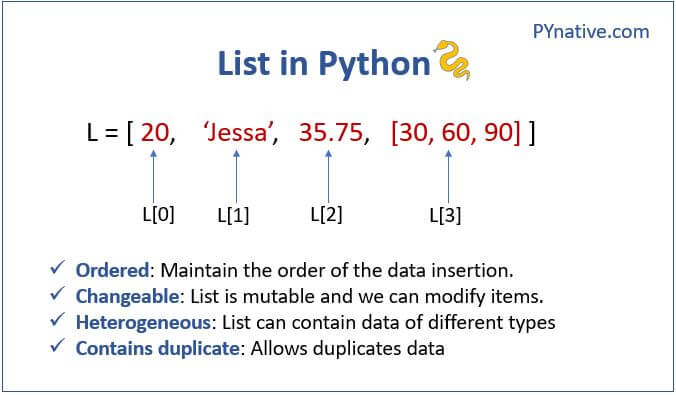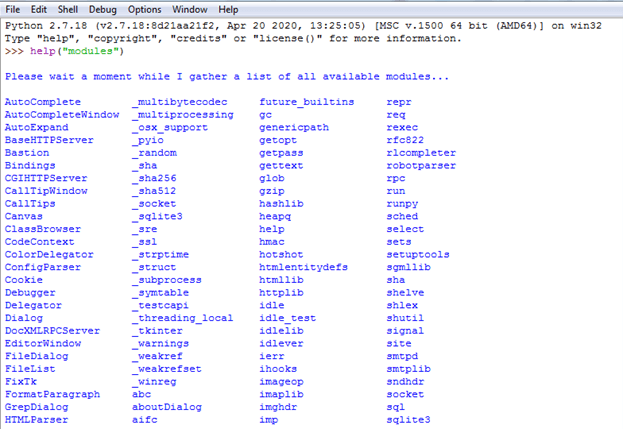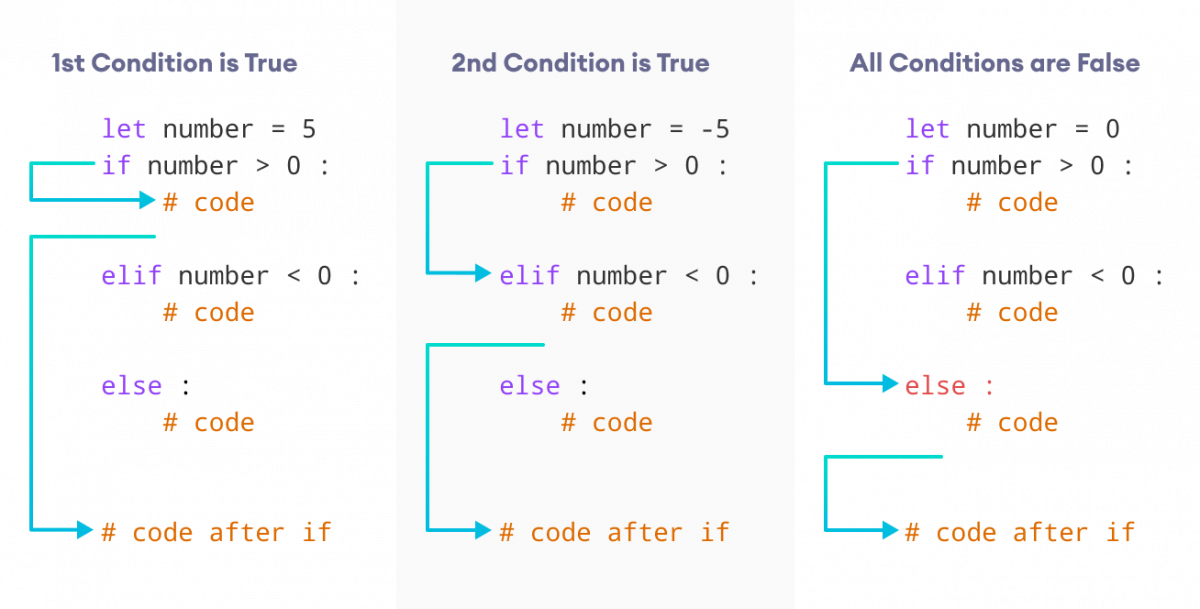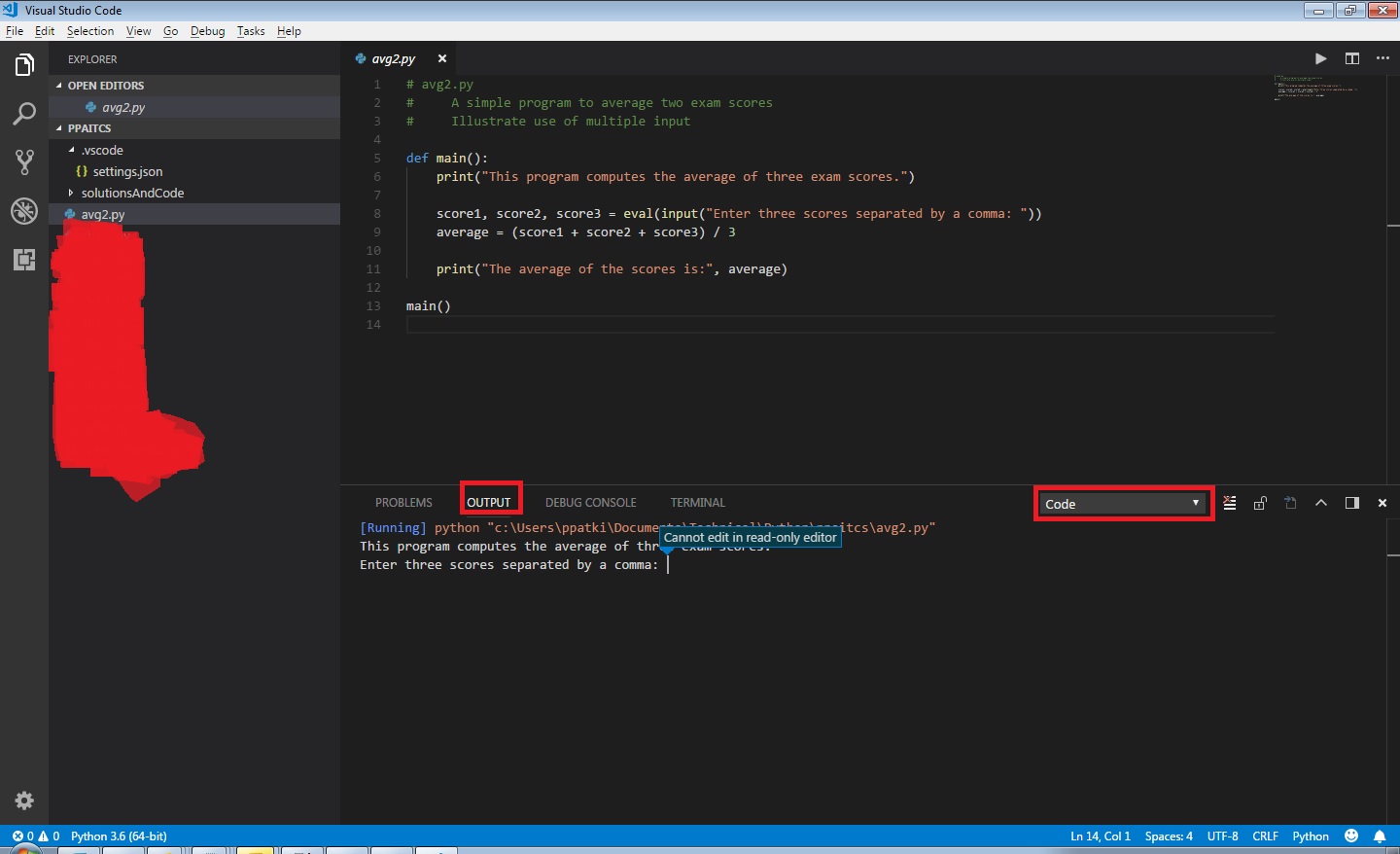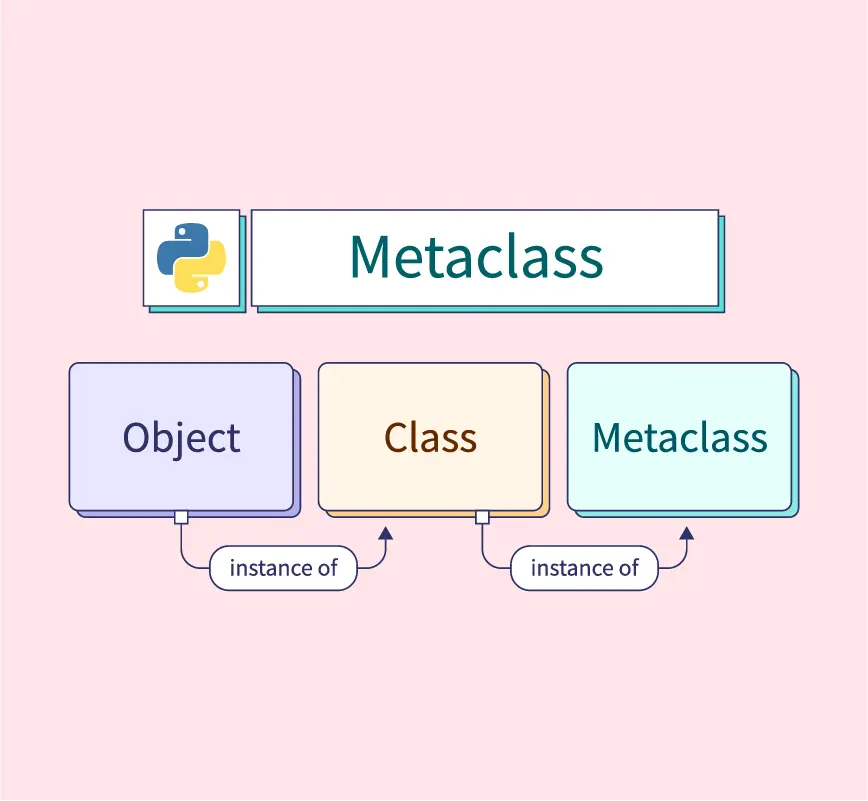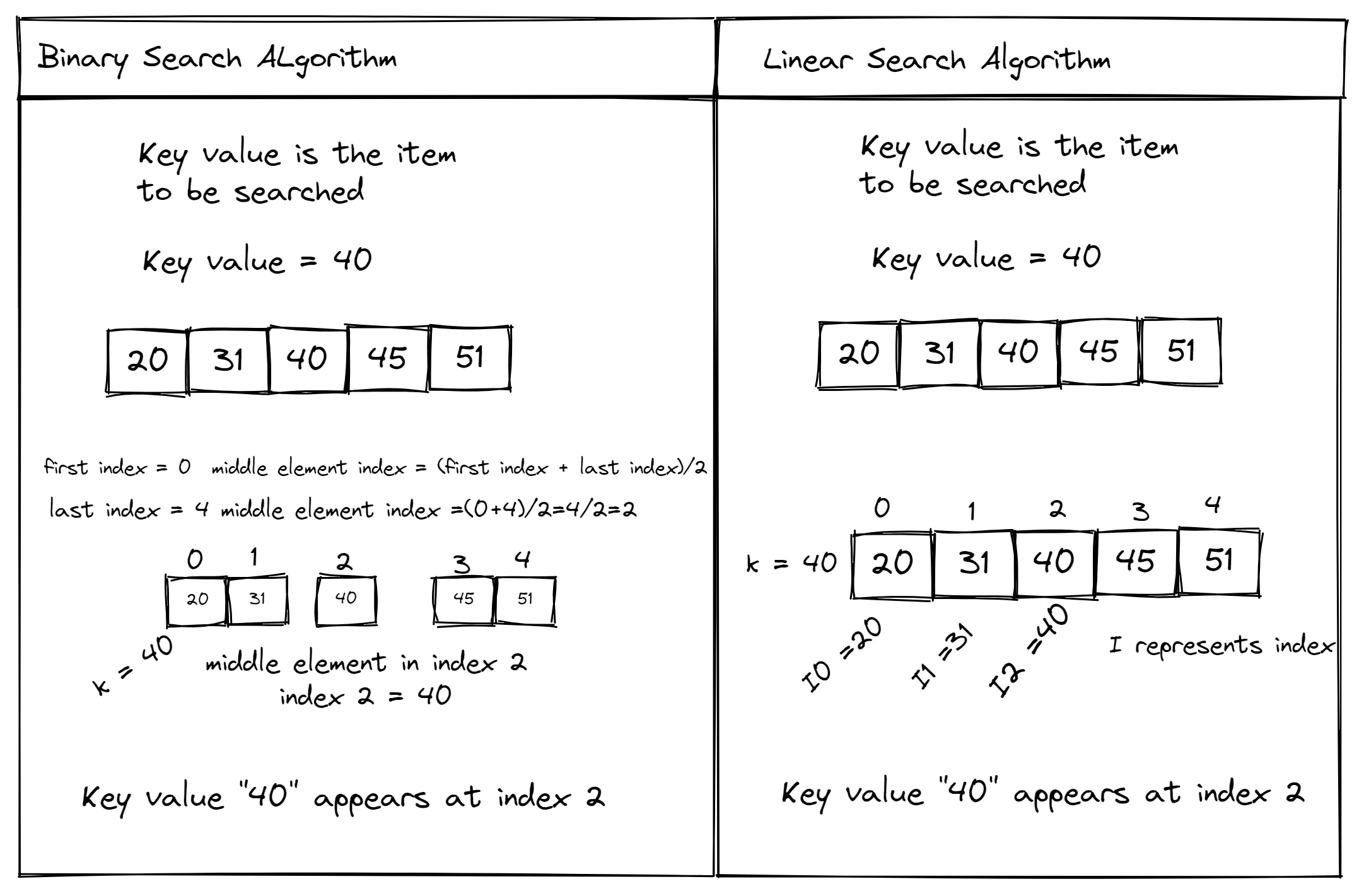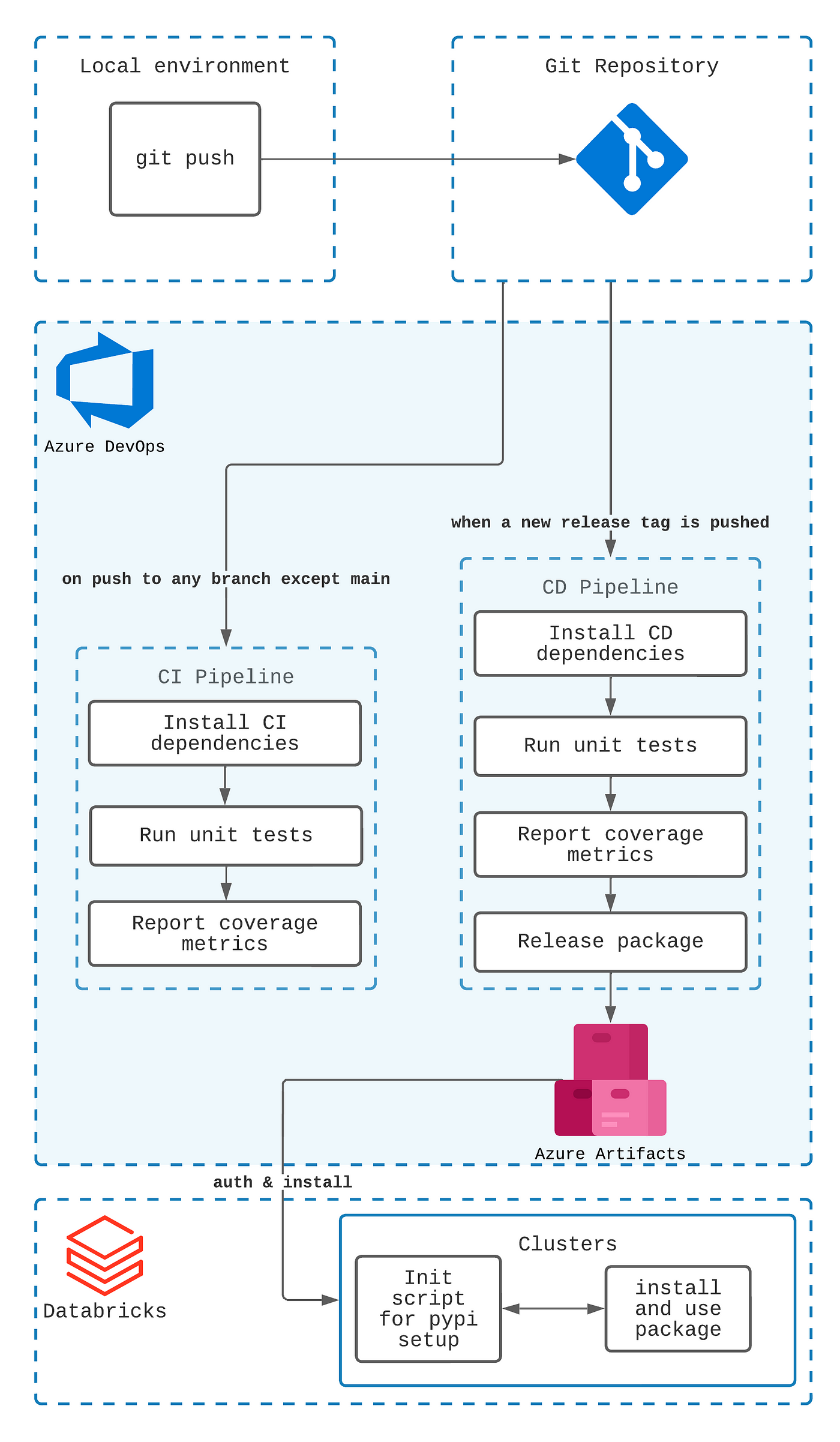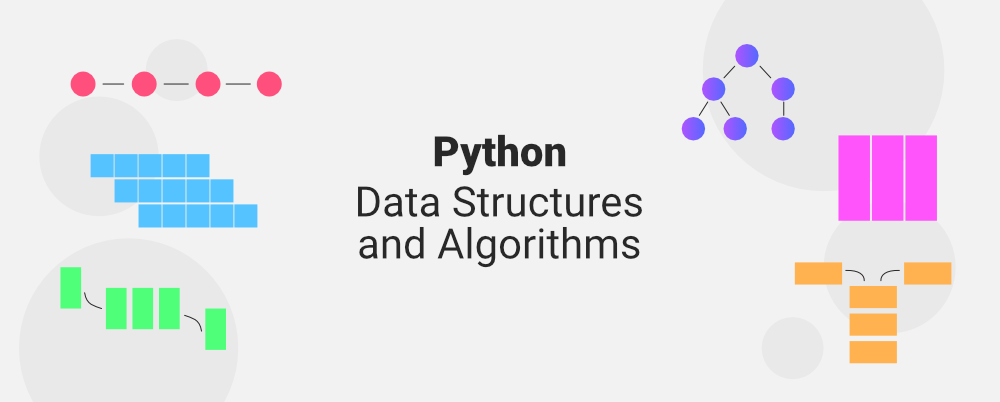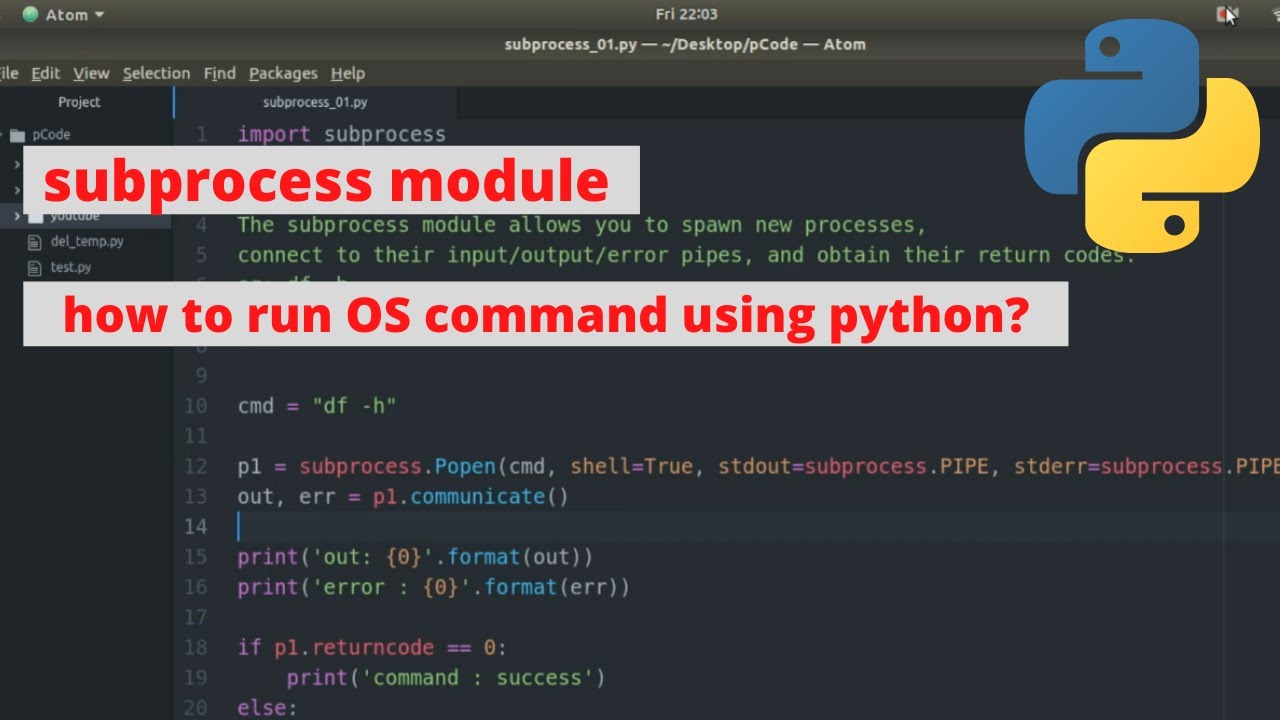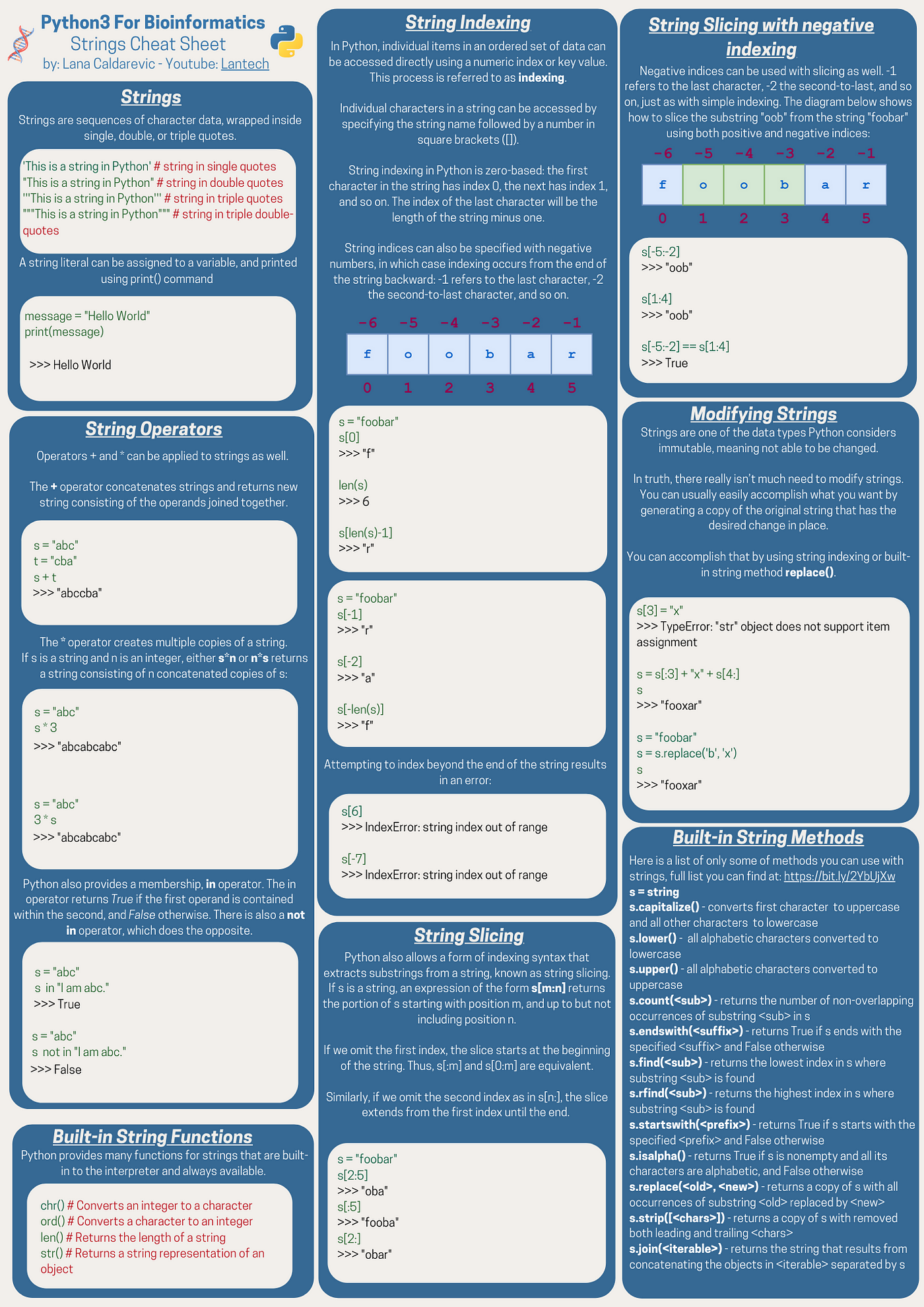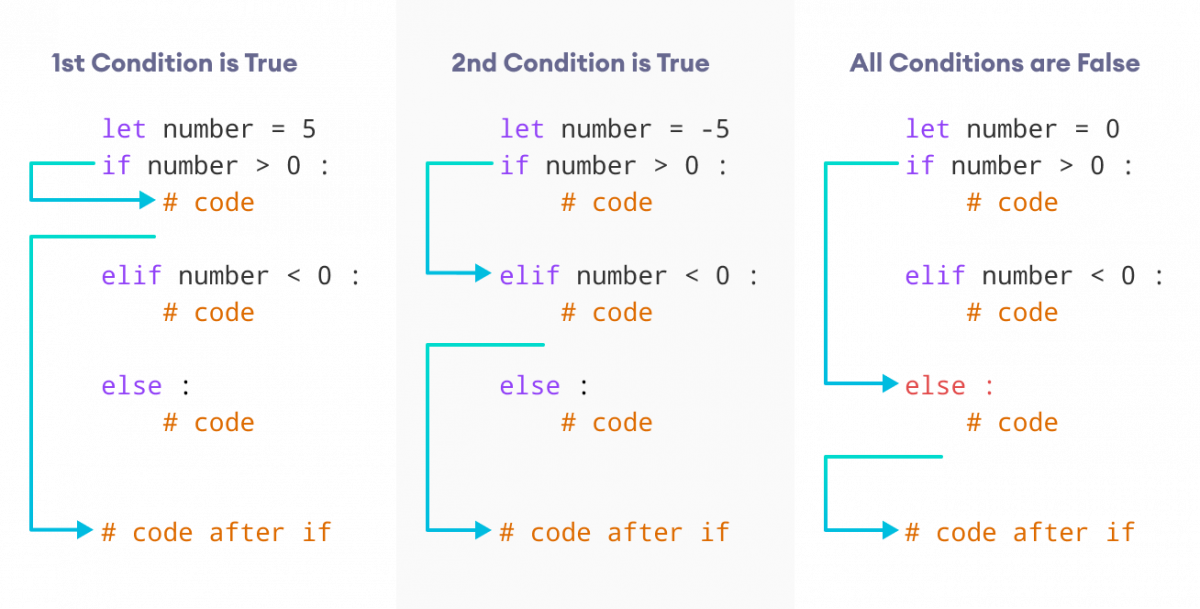Python metaclass __init__
Python metaclass __init__
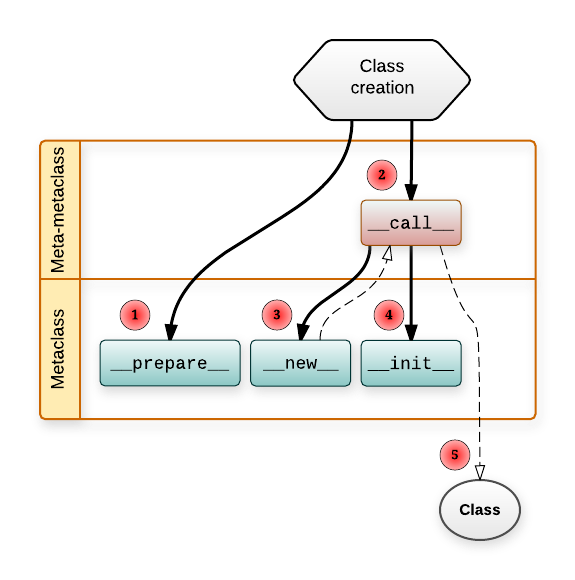
I'm happy to respond in English for once!
Python's metaclass is a concept that can be tricky to grasp, but I'll do my best to explain it in detail.
In object-oriented programming (OOP), classes are the building blocks of objects. In Python, you can define your own class using the class keyword. For example:
class Dog:
def init(self, name):
self.name = name
def bark(self):
print("Woof!")
Now, when you create an instance of this Dog class, Python will automatically call the __init__ method to initialize the object. This is a special method that's called once per instance creation.
A metaclass is essentially a class that creates classes! When you define a class with a certain metaclass, that metaclass is responsible for creating the actual class at runtime. Think of it as a factory that builds your blueprint (the class) on the fly.
Let's see how this works:
class MyMeta(type):
def new(meta, name, bases, namespace):
Do some magic here...
return super().new(meta, name, bases, namespace)
class MyClass(metaclass=MyMeta):
pass
my_instance = MyClass()
In this example:
MyMeta is a metaclass that inherits from Python's built-in type class. The __new__ method is called when creating an instance of MyClass. This is where you can inject some magic (or logic) to create the actual class. MyClass is defined with the metaclass=MyMeta attribute, which tells Python to use MyMeta as its metaclass.
When you create an instance of MyClass, Python will call __new__ on your metaclass, allowing you to execute custom logic before creating the actual class. This can be useful for various purposes:
Now, let's explore the __init__ method in more depth!
When you define a metaclass, its __init__ method is not directly called by Python. Instead, it's only used to initialize your metaclass instance when creating a class with that metaclass.
Here's an example:
class MyMeta(type):
def init(cls, name, bases, namespace):
print(f"Initializing {name}...")
def new(meta, name, bases, namespace):
Do some magic here...
return super().new(meta, name, bases, namespace)
class MyClass(metaclass=MyMeta):
pass
my_instance = MyClass()
In this case:
__init__ is called on the metaclass instance when creating a class with that metaclass. The __init__ method is not called when creating an instance of the class (i.e., my_instance = MyClass()).
When to use metaclasses?
Metaclasses are useful for situations where you need fine-grained control over the class creation process or want to add custom logic to your classes. For example:
Creating domain-specific languages (DSLs) that generate code at runtime Implementing aspect-oriented programming (AOP) with aspects that can be injected into classes dynamically Generating code based on user input, such as in a template engineIn conclusion, Python's metaclasses offer a powerful way to customize the class creation process and add dynamic behavior to your classes. While it may seem abstract or even confusing at first, mastering metaclasses can help you build more flexible and scalable software systems.
Hope this explanation was helpful!
Meta-python
I shall respond in English and engage with the meta-python concept.
Meta-python is a hypothetical programming language that allows developers to write code at a higher level of abstraction, leveraging the power of Python's syntax while also incorporating features from other languages like TypeScript, Rust, or even SQL. This thought experiment encourages us to reevaluate what we consider "pythonic" and pushes the boundaries of what's possible with our beloved language.
Imagine a world where you can write Python-like code but also enjoy features like:
Type Safety: Compile-time type checking à la Rust or TypeScript would ensure that your code is self-documenting and error-prone. No more runtime errors! SQL-Style Queries: With meta-python, you could query your data structures using SQL-like syntax, making it easier to retrieve and manipulate complex data sets. Functional Programming: Meta-python could incorporate functional programming concepts from languages like Haskell or Lisp, allowing for more concise and composable code. Domain-Specific Languages (DSLs): By defining custom DSLs within meta-python, you could create specialized languages for specific domains, like data analysis or game development.Some potential use cases for meta-python:
Data Science: Create complex data pipelines using SQL-style queries, type-safe functions, and concise code. Web Development: Leverage TypeScript's type safety and Python's ease of use to build robust web applications with strong typing. Machine Learning: Implement machine learning models using functional programming concepts and meta-python's flexible syntax. Scientific Computing: Write performance-critical code in a language that combines the best aspects of C, Fortran, and Python.Challenges and opportunities for developing meta-python:
Syntax Design: Craft an intuitive syntax that balances expressiveness with readability and ease of use. Type System: Implement a robust type system that integrates seamlessly with existing Python libraries and frameworks. Interoperability: Ensure seamless integration with other languages and libraries, allowing developers to leverage meta-python's features within their existing workflows.In conclusion, meta-python represents an exciting opportunity for innovation in the world of programming languages. By combining the best aspects of various languages, we can create a more expressive, efficient, and enjoyable coding experience. Let's explore the possibilities!

